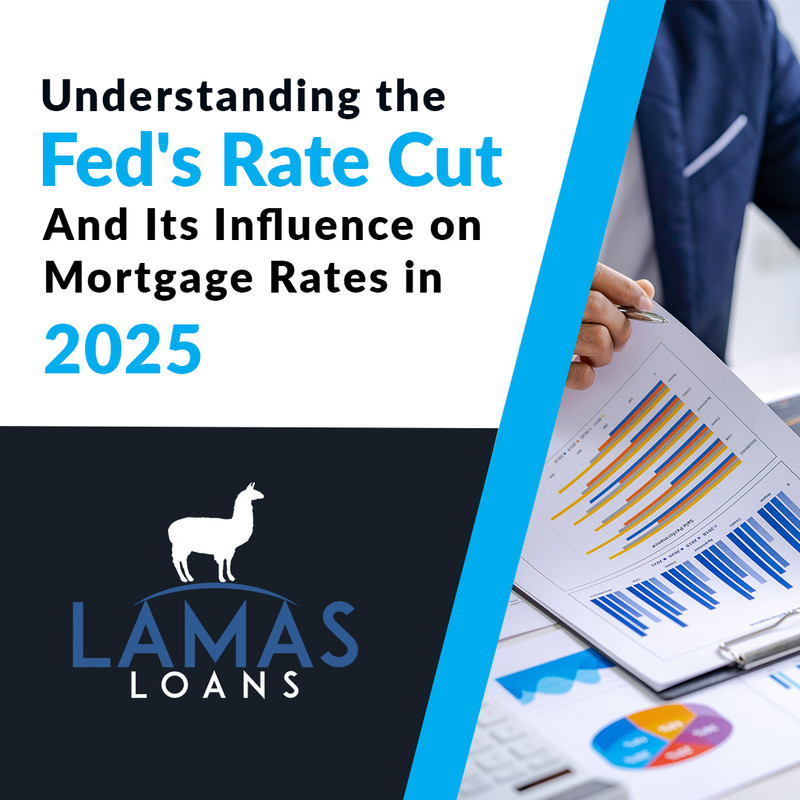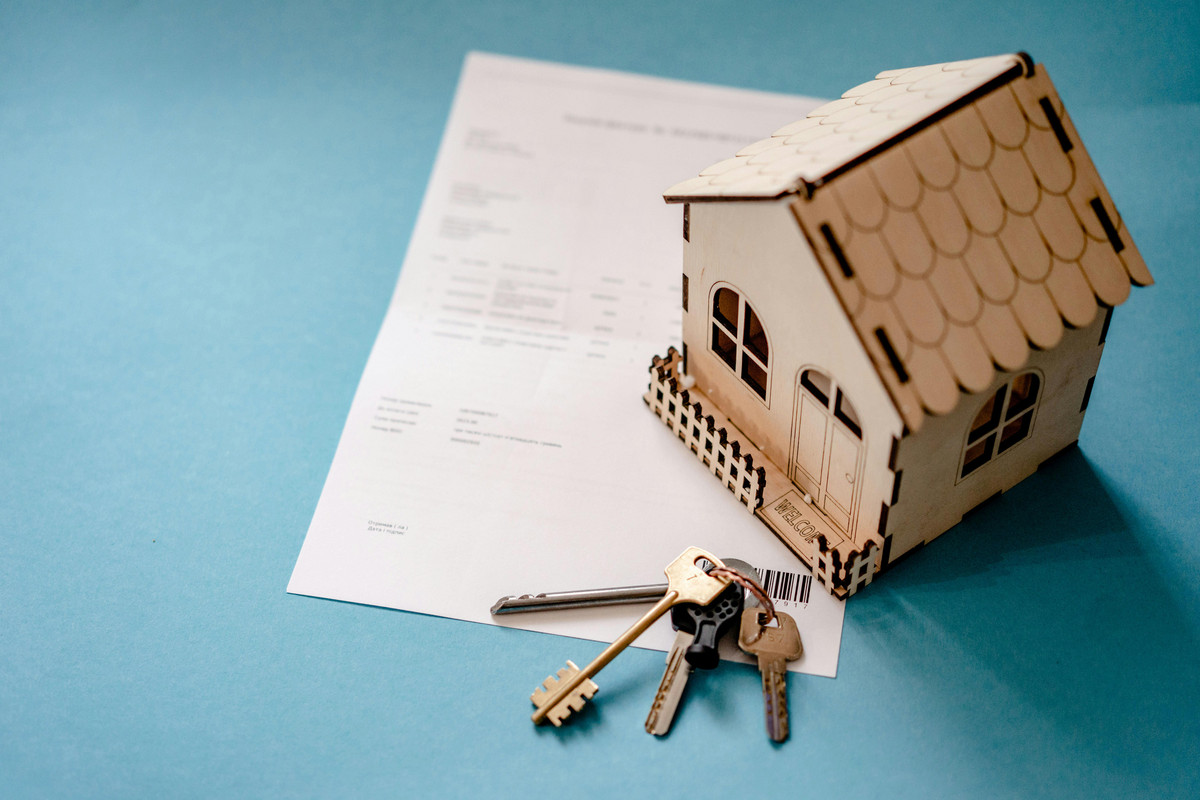Why Mortgage Demand Surged 20% Higher and Why Now is the Best Time to Refinance
The mortgage market has been buzzing with activity recently, and for good reason. A significant drop in interest rates to their lowest levels since 2024 has sparked a surge in mortgage demand, with applications jumping by 20% in just one week. This article explores the reasons behind this surge, the implications for homeowners and buyers, and why now might be the perfect time to consider refinancing your mortgage.

The Interest Rate Drop: A Game-Changer
Interest rates play a pivotal role in the housing market. When rates drop, borrowing becomes more affordable, making it easier for people to buy homes or refinance existing mortgages. Recently, the average contract interest rate for 30-year fixed-rate mortgages fell to 6.73%, down from 6.88%. This decline, the largest weekly drop since late 2024, has been attributed to a mix of economic factors, including consumer sentiment and market uncertainties.
Lower interest rates reduce monthly mortgage payments, making homeownership more accessible. For instance, a 0.15% drop in rates can save homeowners hundreds of dollars annually, depending on the loan amount. This financial relief has encouraged both first-time buyers and seasoned homeowners to take action.

Why Mortgage Demand is Surging
The recent rate drop has had a ripple effect across the mortgage market:
- Refinancing Boom: Applications to refinance home loans skyrocketed by 37% in one week and are 83% higher than the same period last year. Homeowners with higher-rate mortgages see this as an opportunity to lock in lower rates, reducing their monthly payments and overall interest costs.
- Increased Purchase Activity: Mortgage applications for home purchases rose by 9% in the same week. While this is a positive sign, it’s worth noting that purchase activity remains historically low due to high home prices and limited inventory.
- Seasonal Trends: The spring homebuying season typically sees increased activity, and the recent rate drop has amplified this trend.
Why Now is the Best Time to Refinance
Refinancing your mortgage can be a smart financial move, especially in a low-rate environment. Here are some compelling reasons to consider refinancing now:
- Lower Monthly Payments: Refinancing to a lower interest rate can significantly reduce your monthly mortgage payments, freeing up cash for other expenses or savings.
- Shorter Loan Term: If you’re financially stable, you might consider refinancing to a shorter loan term, such as 15 years. This can help you pay off your mortgage faster and save on interest over the life of the loan.
- Access to Home Equity: Refinancing can also allow you to tap into your home’s equity for major expenses like home improvements, education, or debt consolidation.
- Eliminate Private Mortgage Insurance (PMI): If your home’s value has increased and you now have at least 20% equity, refinancing can help you get rid of PMI, reducing your monthly costs.
Factors to Consider Before Refinancing
While refinancing offers numerous benefits, it’s essential to weigh the costs and benefits carefully:
- Closing Costs: Refinancing involves closing costs, which can range from 2% to 6% of the loan amount. Calculate your break-even point to ensure the savings outweigh the costs.
- Loan Term Reset: Refinancing resets your loan term, which could mean paying more interest over time if you extend the term.
- Credit Score: A higher credit score can help you qualify for better rates. If your credit score has improved since you took out your original mortgage, you may benefit even more from refinancing.

The Bigger Picture
The recent surge in mortgage demand highlights the sensitivity of the housing market to interest rate changes. While the current environment presents opportunities, it’s also a reminder of the challenges many buyers face, including high home prices and limited inventory.
For homeowners, the decision to refinance should be based on individual financial goals and circumstances. Consulting with a mortgage advisor can help you navigate the options and make an informed decision.
Conclusion
The drop in interest rates has created a window of opportunity for both homebuyers and homeowners. Whether you’re looking to buy your first home, upgrade to a new one, or refinance your existing mortgage, now is the time to act. With rates at their lowest levels since 2024, the potential savings are too significant to ignore.
Take advantage of this favorable market condition, but remember to do your homework. Refinancing is not a one-size-fits-all solution, and the right choice depends on your unique financial situation. By staying informed and proactive, you can make the most of this opportunity and secure a brighter financial future.






















